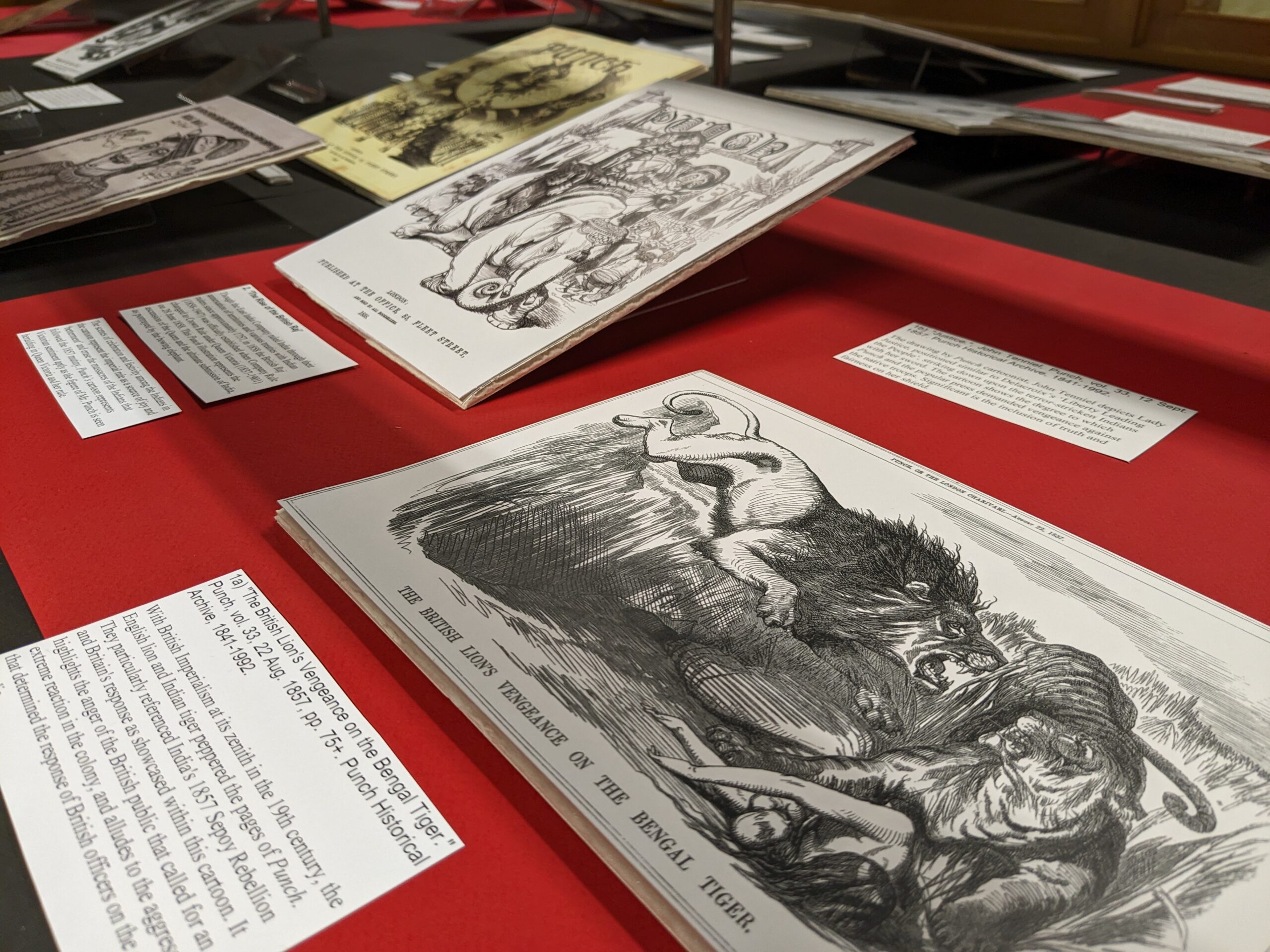content warning: colonization, racism
If we were asked to describe what makes the 21st century stand out from other time periods, many of us would think of the same thing: rapid change. Constant advancements in science, medicine, technology, and communication have forever altered the way we engage with the world around us. With the advent of the internet, we now have access to a seemingly endless sea of information spanning centuries, from across all corners of the globe – all through a portal of glass small enough to carry in your pocket. When it comes to the dissemination of information, it’s safe to say that the boundaries of time and space have never been more blurry.
With so much dramatic change happening at such breakneck speed, catching up with the information whirlwind of the day can be a dizzying task. A haze of anxiety seems to perpetually permeate the air, as we hold our breath in anticipation of what new, sensational story we will be bombarded with next. Despite the sense that the world is progressing at an overwhelming rate, this feeling isn’t unique; if you look back to Victorian views of a changing world, you’ll find a near mirror perception.
On December 1, McGill’s Rare Books and Special Collections (ROAAr) will host the opening of Detecting an Anxious Gaze: The Victorian World in Flux. Curated by the students of Professor Nathalie Cooke’s graduate course “Enter the Detective,” this exhibition invites the viewer to step into the shoes of everyday Victorians as they “navigated the thrill and trepidation of rapid change.” You just might find that these shoes fit a bit snug.
Just as we find ourselves on a rollercoaster of “disruptive change” today, the Victorian period saw a plethora of societal twists and turns. The exhibition didactic explains: “Victorians witnessed vast societal shifts, scientific and technological advances, colonial expansion, and accelerating speeds of transportation, communication and dissemination of information.” Divided into ten installations, Detecting an Anxious Gaze: The Victorian World in Flux tells a story of extreme growth and development – as well as the unforeseen fears that arise as a result. Much like our modern world, Victorian media outlets were fascinated with crime. The rise of daily publications combined with increasingly overcrowded cities created a recipe for the perfect, sensationalized headline. Thefts, gang activity, and grisly murder cases flooded the pages of Victorian newspapers, leaving readers feeling simultaneously horrified and intrigued. This conflicting phenomenon may seem all too familiar. The rise in popularity of true crime media today, such as with Sarah Koenig’s podcast Serial, and fiction like the legal drama How to Get Away with Murder, shows a striking parallel between 21st century and Victorian worldviews.
When examining how the Victorians attempted to “assuage social anxiety” over a growing interest in crime, we can see even more similarities to our own world. Just as the 2000s saw the popularity of police-driven media like Law & Order and CSI, Victorian media became dominated by detective stories. PhD student Olga Tsygankova explores this relationship between crime and clues in the media, and the rise of the iconic detective Sherlock Holmes in her installation “Can You See What They See?” Through various newspaper clippings, illustrations, and excerpts from Arthur Conan Doyle’s text the viewer is invited to put on their deerstalker cap and trace the evidence as it first appears in The Morning Chronicle and The Strand Magazine.
While most of the installations provide lighthearted, thought-provoking insight into a Victorian worldview, others delve into darker topics; PhD student Katelyn Jones’ “Frightening Faces: Paranoia and Physiognomy in Victorian Criminology” explores how physiognomy was weaponized to “diagnose criminality.” Her display shows the disturbing progression from the introduction of Charles Darwin’s seminal text, to the dehumanization of criminals through the “research” of 19th century criminologists. This exhibit is made all the more disturbing when taking into account that this practice hasn’t completely been abandoned. According to Safiya Noble, author of the 2018 book Algorithms of Oppression: How Search Engines Reinforce Racism, artificial intelligence used by criminologists today often lies upon a foundation of racist and discriminatory algorithms. While not as overt as in the Victorian era, our treatment of those deemed criminals today is still underpinned by oppressive ideology – all under the guise of “science.”
Master’s student Aamna Rashid’s installation similarly reminds the viewer to be critical of the images they encounter, with a specific focus on images depicting victims of colonization. “Anxieties of Imperialism: Representing India in Punch and the Oudh Punch” compares illustrations from the satirical British magazine Punch to those from the Urdu periodical Oudh Punch. The stark differences in each publications’ depictions of events hit even harder when read alongside the accompanying didactics. Rashid explains that the 1857 Punch illustration, “The British Lion’s Vengeance on the Bengal Tiger,” was created in direct response to the 1857 Sepoy Rebellion, as a means of showcasing British anger and aggression. This installation reminds the viewer to always question whose viewpoint is being shown, and for what reasons – a message that is as pertinent in today’s political climate as ever before.
For more information on Detecting an Anxious Gaze: The Victorian World in Flux, visit ROAAr’s events webpage. A vernissage will take place on December 1 at 12pm, on the fourth floor of McLennan library. Light Victorian-era snacks will be provided!

